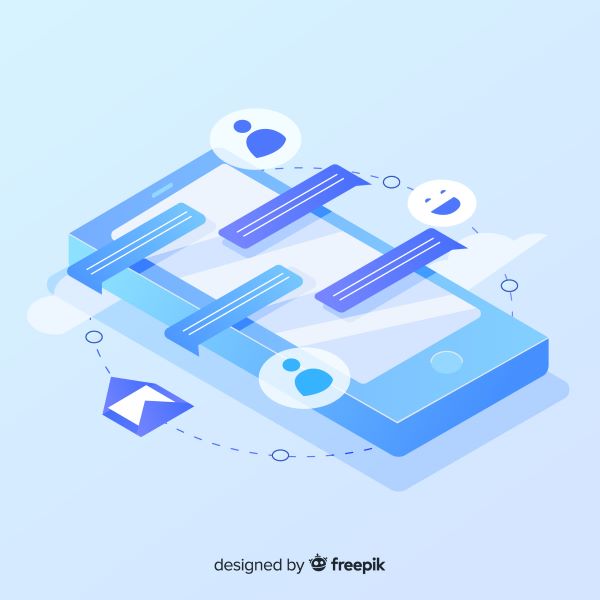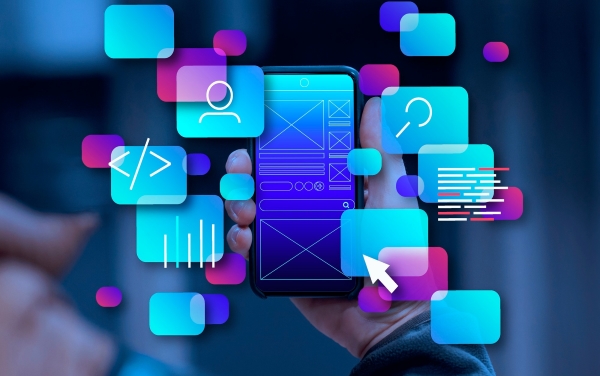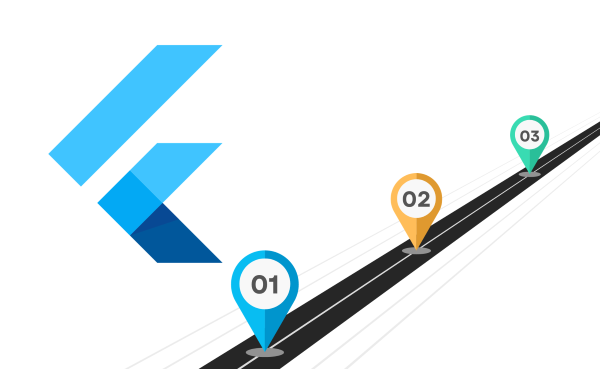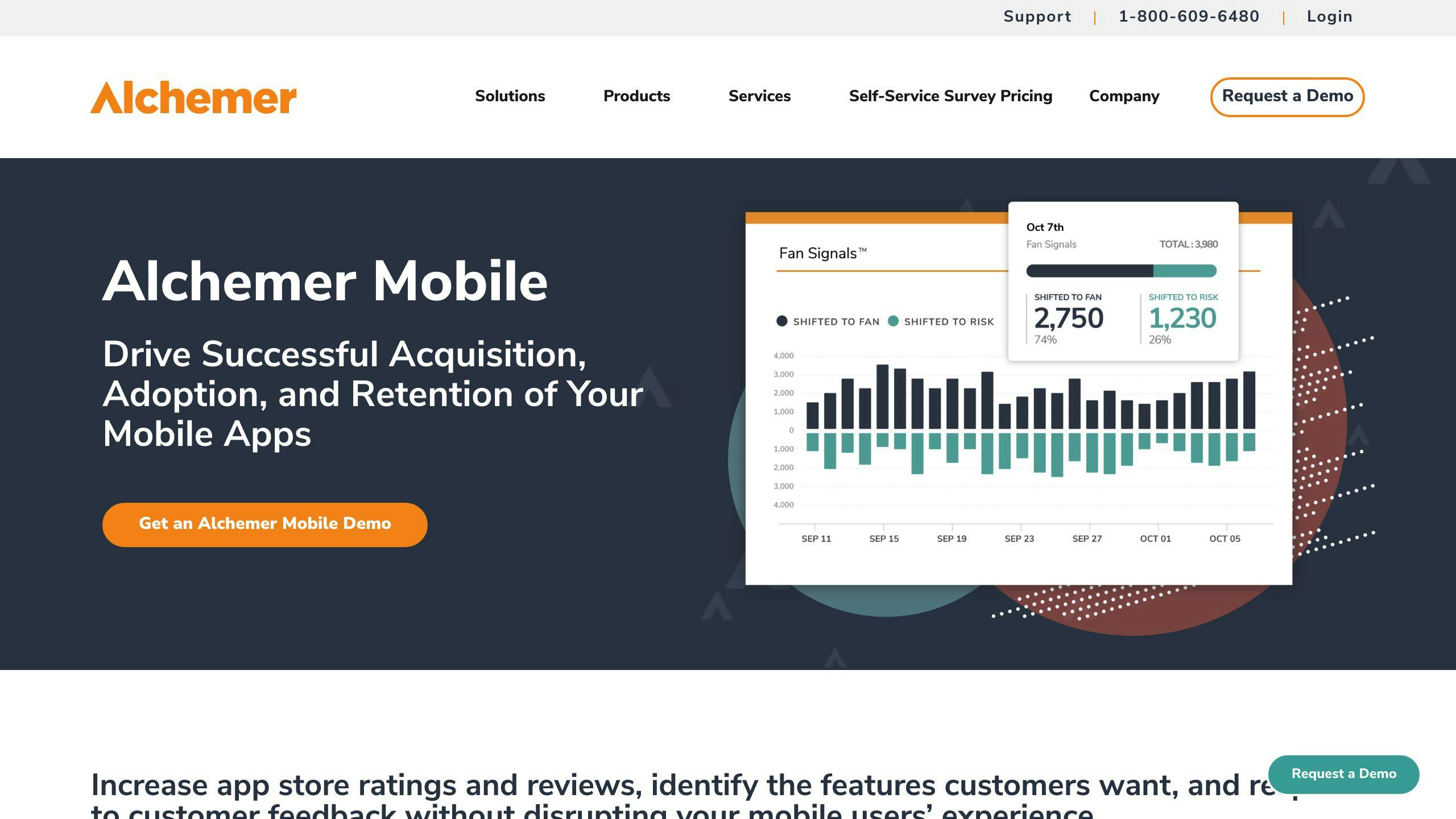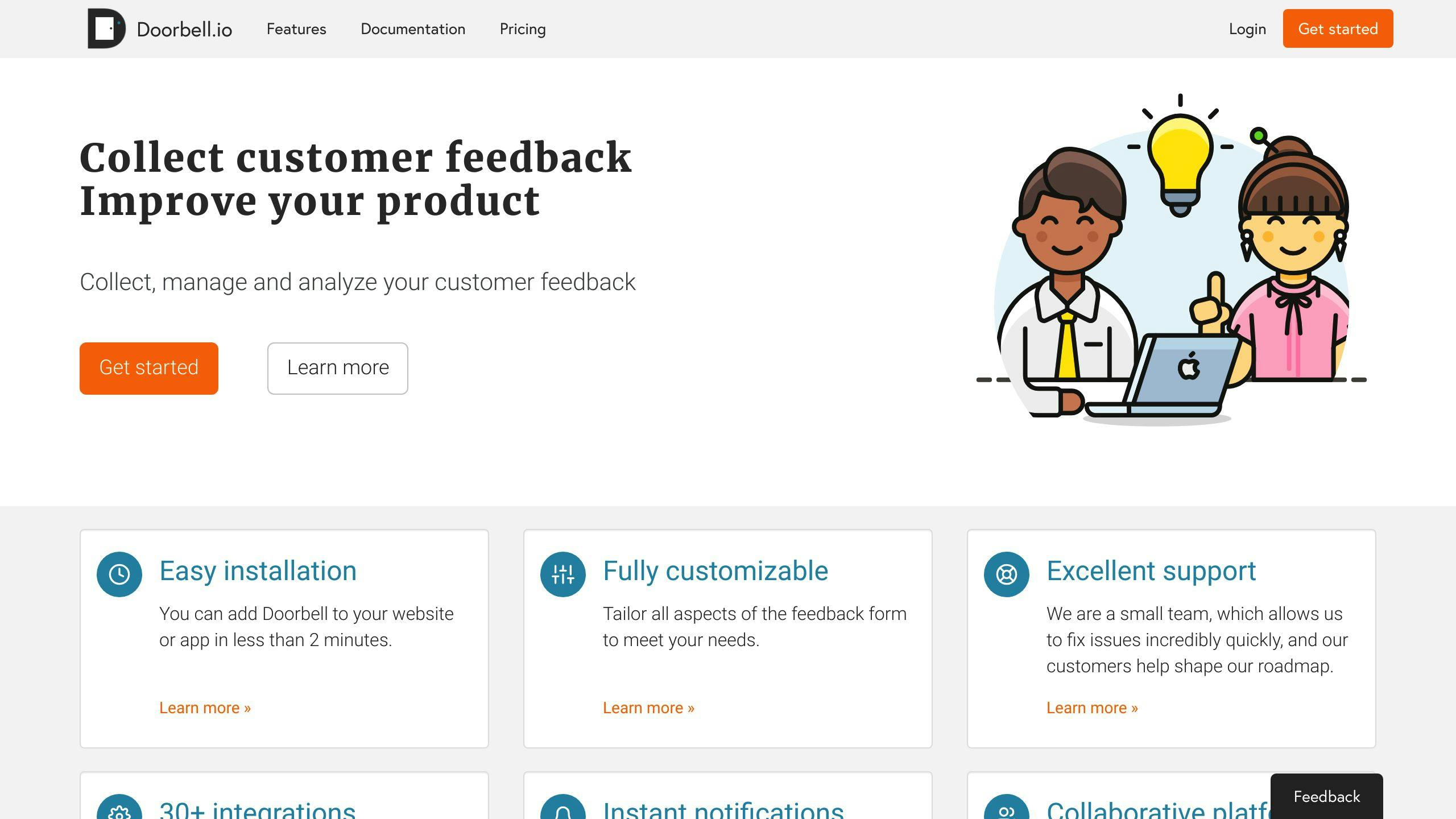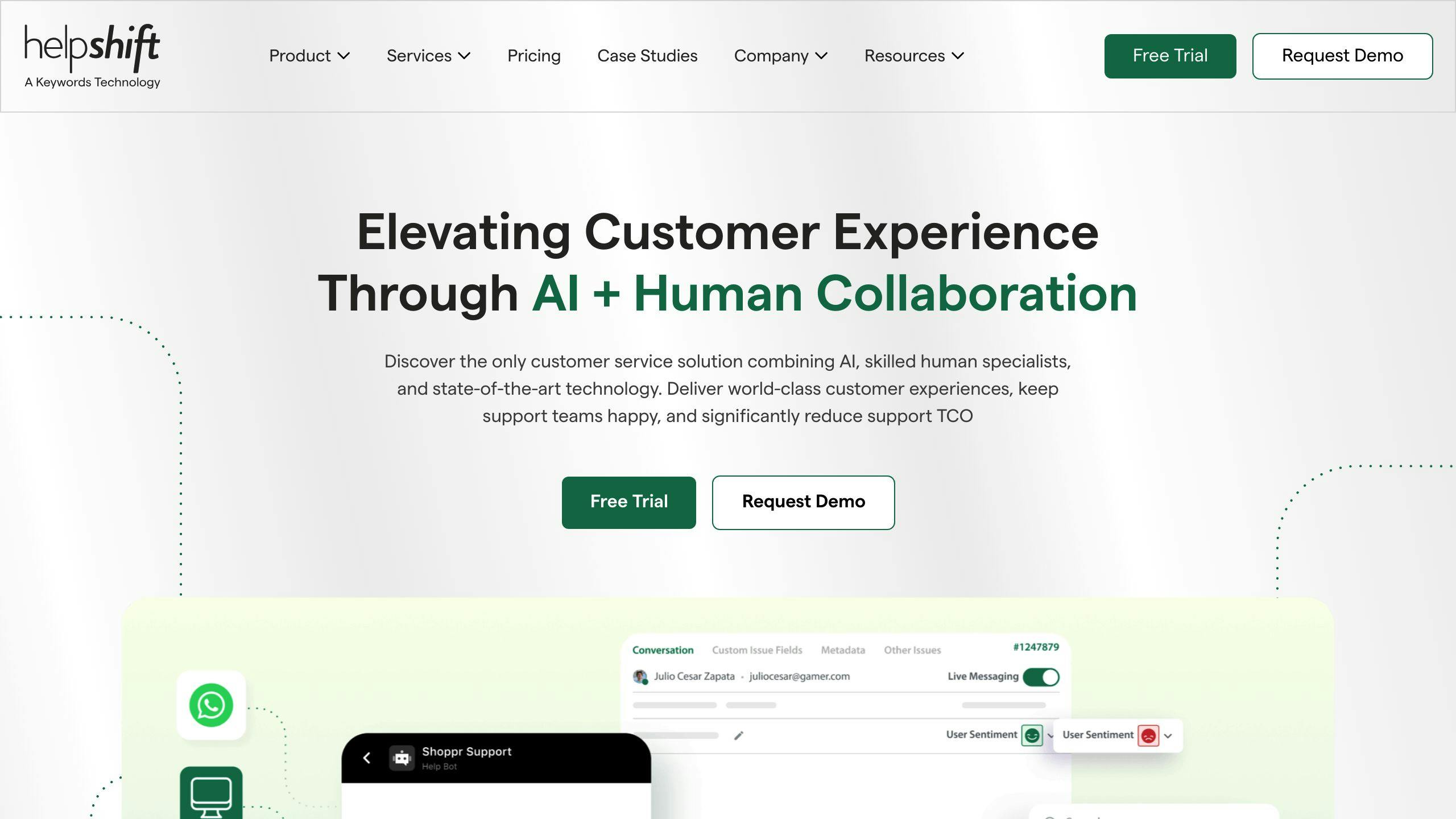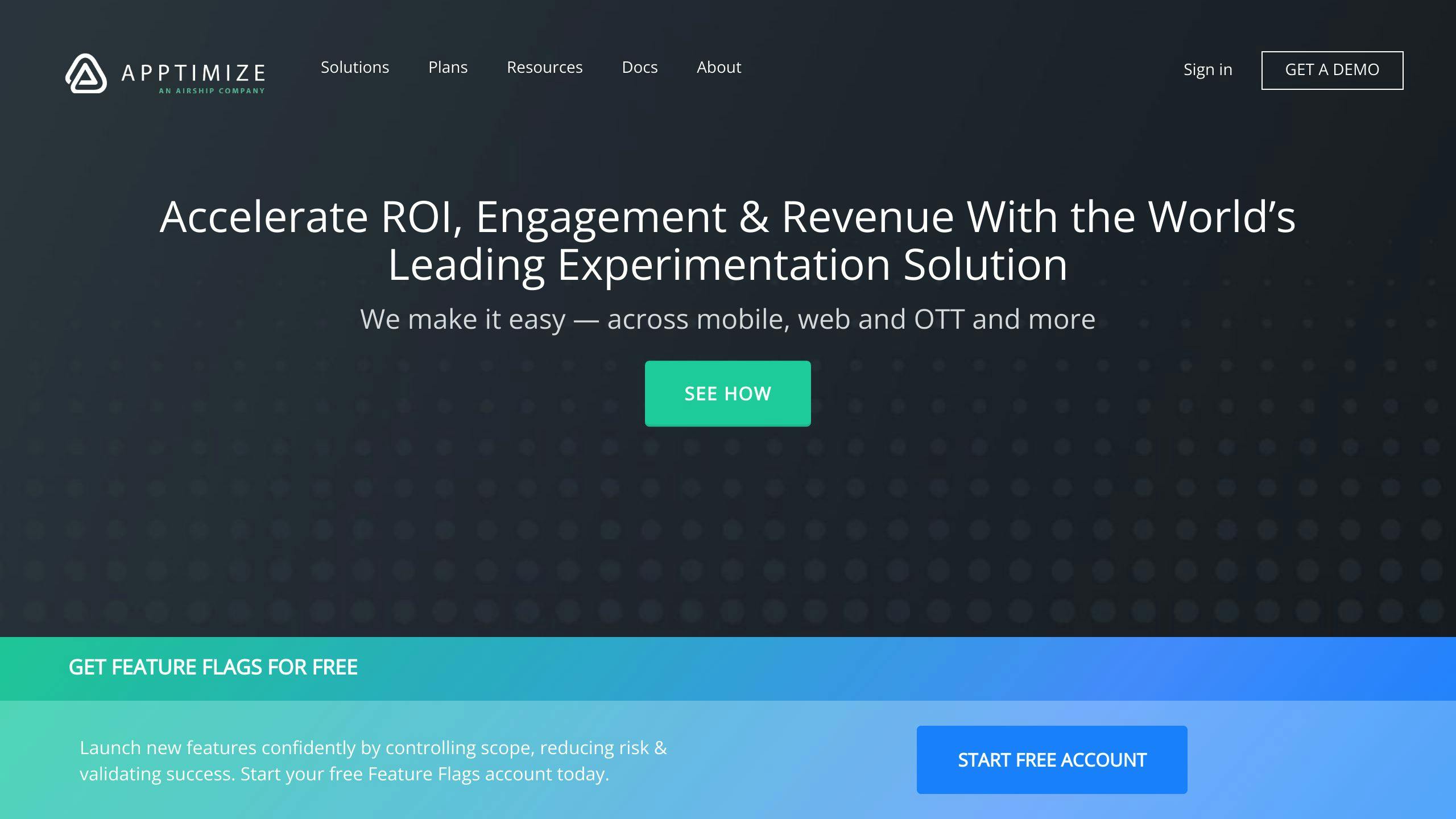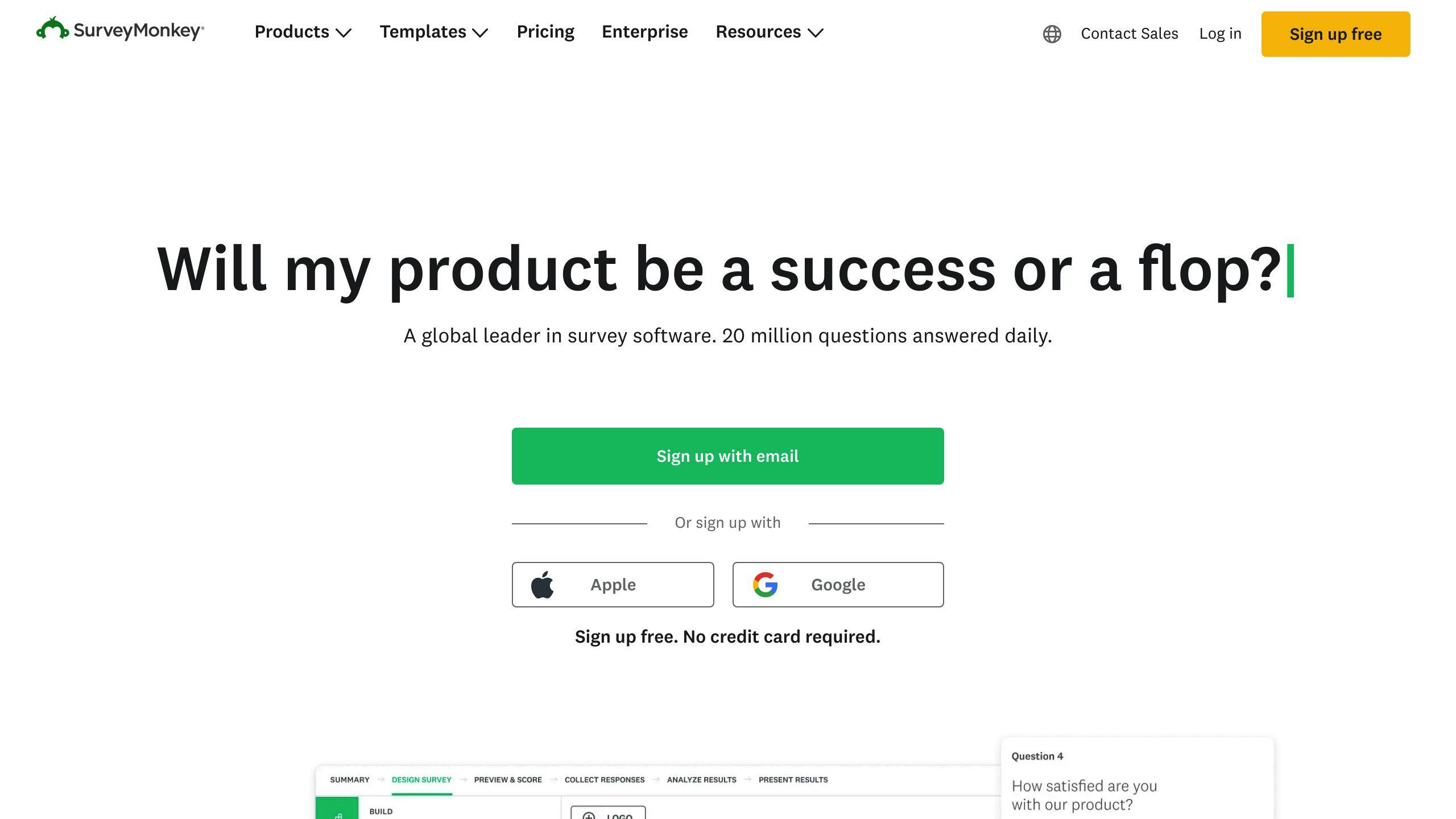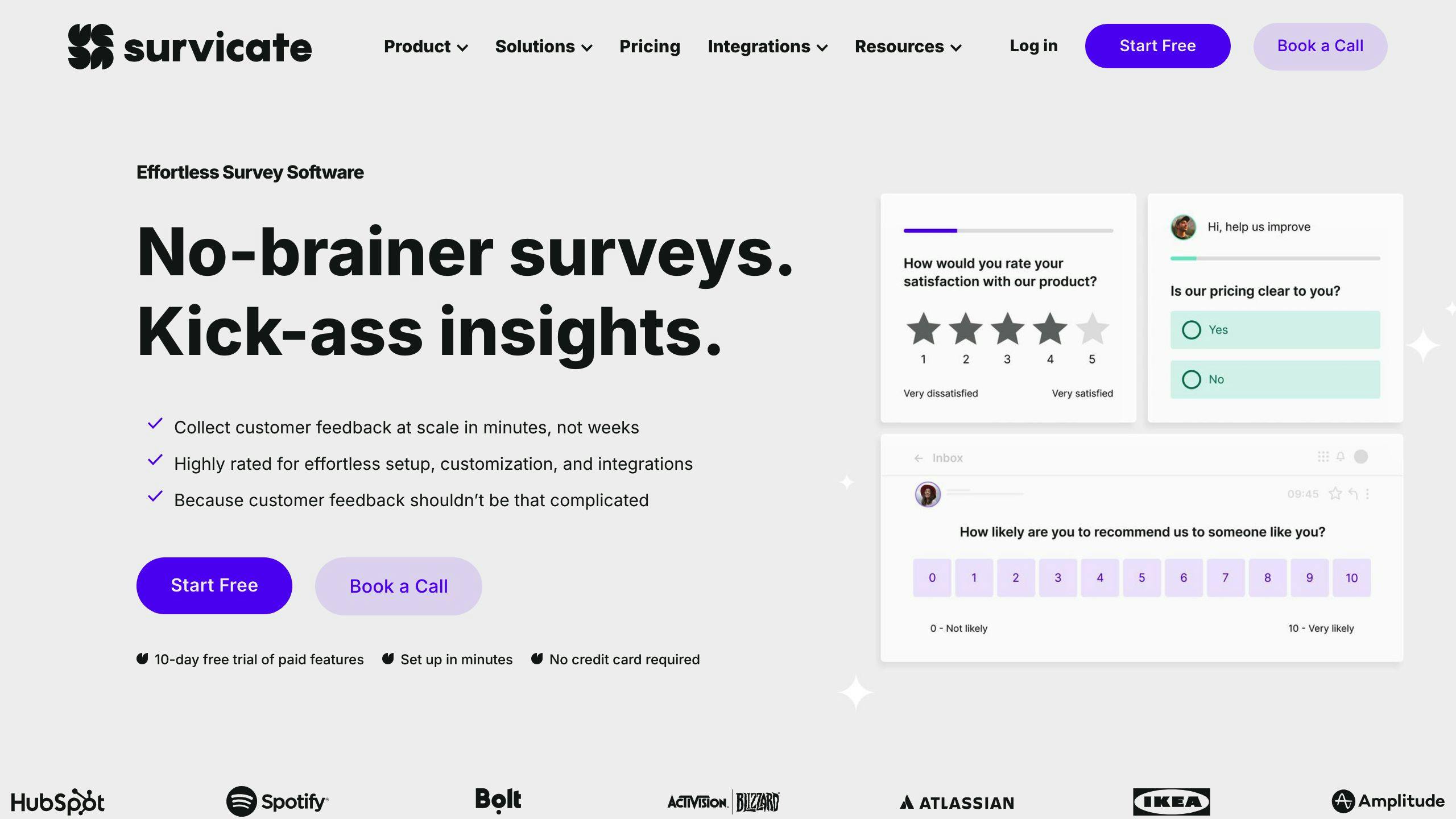Starting from scratch to build a Flutter app might seem daunting, but it's an exciting journey into app development. Flutter, developed by Google, allows you to create beautiful, natively compiled applications for mobile, web, and desktop from a single codebase. This beginner's guide will walk you through the basics of Flutter and Dart, setting up your development environment, crafting your first Flutter project, and understanding the structure of a Flutter app. Here's what you need to know in simple terms:
- Flutter is a versatile toolkit for building apps across multiple platforms with one codebase, known for its hot reload feature that speeds up development.
- Dart is the programming language used in Flutter, designed to be easy for beginners but powerful enough for complex projects.
- Setting Up: Install the Flutter SDK and set up an IDE (like Android Studio or VS Code) with Flutter and Dart plugins.
- Building Your First App: Learn how to create a project, understand basic app structure with widgets, and design a user interface.
- Interactivity: Add interactive elements using Stateful Widgets and manage app state.
- Testing and Debugging: Test your app on emulators or real devices and troubleshoot common issues.
- Releasing Your App: Prepare your code, build app bundles, and release your app on platforms like the Play Store or App Store.
By the end of this guide, you'll have a fundamental understanding of how to build a Flutter app from scratch, making this an ideal starting point for beginners eager to dive into app development.
What is Flutter?
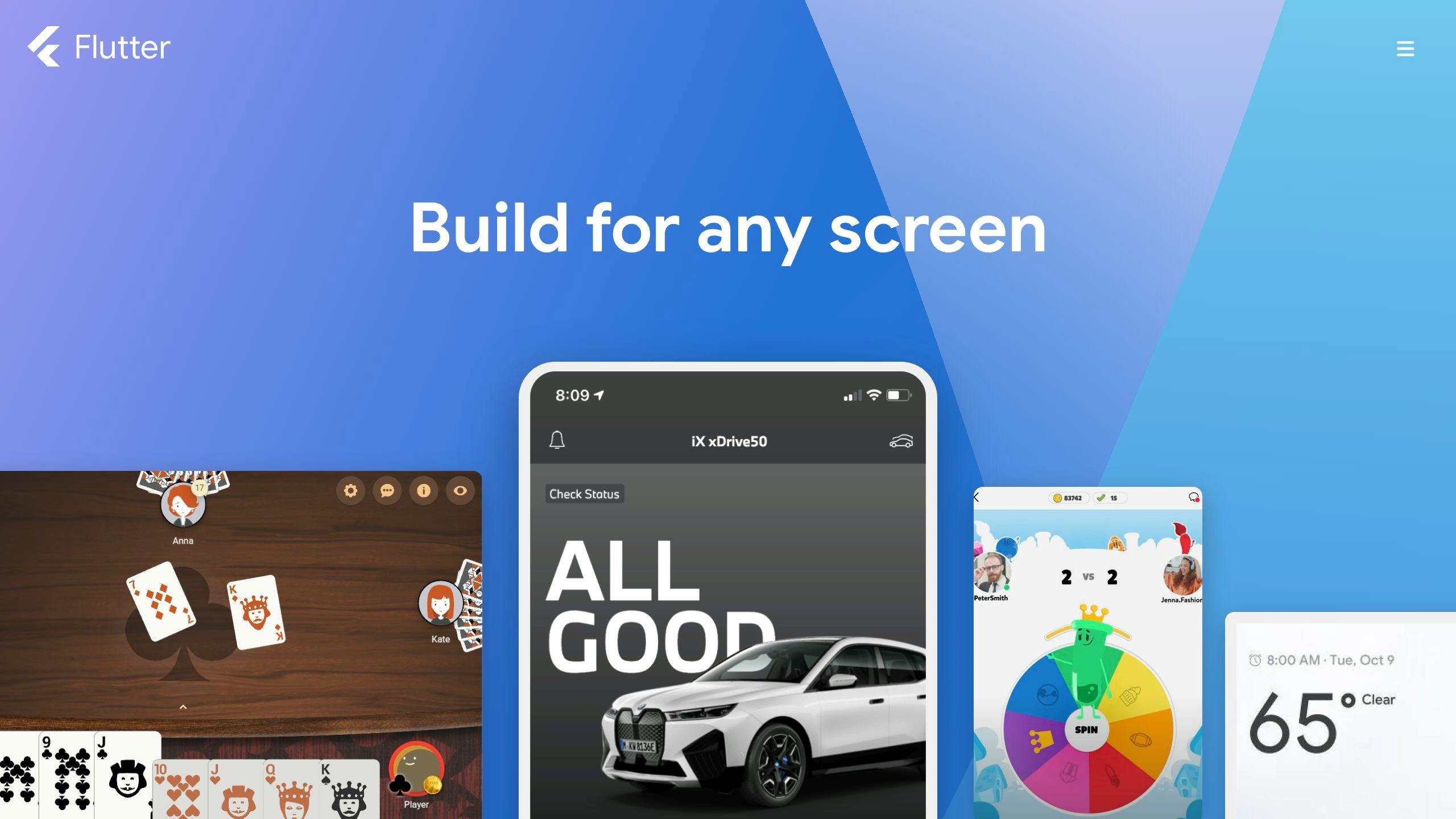
Flutter is a toolkit that's free for anyone to use. It helps you make apps for different devices using one set of instructions. Here's what makes Flutter special:
- You can write one app that works on both iPhones and Android phones, as well as on the web and computers.
- It uses a programming language called Dart, which is pretty straightforward and made for making apps.
- Apps made with Flutter run really fast because they turn into the kind of code that devices understand directly.
- The Hot Reload feature lets you see changes you make to your app right away, without having to restart it.
- Flutter has a huge collection of ready-made parts you can use to build your app, making it easier to design how it looks.
- Since it's open-source, lots of people contribute to making it better, and you can find plenty of help and resources online.
In short, Flutter makes it easier to create good-looking, fast apps for many platforms all at once.
Introduction to Dart
Dart is a programming language made by Google, mainly for making apps with Flutter. It's like a simpler version of Java or JavaScript. Here's why Dart is cool:
- It's easy to pick up, especially if you know a bit about programming already.
- It lets you write instructions for your app, like how it should look and work.
- Dart is great for making apps that need to update info quickly, like chat apps.
- When you're ready, Dart can turn your app into the kind of code that runs really fast on devices.
- It comes with a lot of built-in tools for doing common tasks, so you don't have to start from scratch.
Dart is designed to work well with Flutter, making it a good choice for building apps that need to work on different devices without a lot of extra effort. It's made to be easy for beginners but powerful enough for bigger projects.
Setting Up the Development Environment
Getting your computer ready for making apps with Flutter is pretty straightforward. You'll need to install some software and make sure everything's set up right. Here's a simple guide to follow:
Installing the Flutter SDK
First, you need to get the Flutter SDK, which is the main tool you'll use to create your apps:
- Visit the Flutter download page and pick the installer for your computer (Windows, macOS, or Linux).
- Follow the steps it tells you to do. Check the system requirements to make sure your computer can handle it.
- After installing, open your terminal and type
flutter doctor. This checks if Flutter is ready to go and tells you if anything else needs to be set up. Just follow any steps it suggests to fix issues.
Note: Remember to add Flutter to your system's PATH, so you can easily run Flutter commands from anywhere.
Setting up an IDE
While you can write Flutter apps in any text editor, using an IDE like Android Studio, VS Code, or IntelliJ IDEA gives you extra helpful tools:
- Helps with writing code
- Highlights errors
- Lets you see your app's structure visually
- Quick updates with hot reload
- Test apps right in the IDE
- Easy version control with Git
To get your IDE ready:
- If you don't have an IDE yet, download and install one.
- Add the Flutter and Dart plugins to your IDE. This makes sure your IDE can work with Flutter.
- Open your Flutter project in the IDE, and you're all set to start coding.
Some handy tools for Flutter in your IDE are Flutter Inspector and Dart DevTools.
With the Flutter SDK and your IDE ready, you've got everything you need to start making apps with Flutter. For more help, Flutter's documentation is a great resource.
Creating Your First Flutter Project
To kick off your journey with Flutter, you can either use the command line or your IDE (like Android Studio or VS Code) to create a new project. Here's how to do it, step by step.
Creating a Project via the Command Line
If you prefer using the command line, follow these steps:
- Open your terminal or command prompt and go to the folder where you want your new Flutter project to be.
- Type in this command and hit enter:
flutter create my_app
Replace my_app with whatever you want to name your project.
- This command sets up all the basic files and folders you need for a Flutter app, naming the project
my_app.
The main things it creates include:
lib/main.dart- This is where your app starts and runs from. It has amain()function.test/- A place for your app's test files.pubspec.yaml- A file that keeps track of your app's assets (like images) and other project dependencies.- Now, move into your project's folder by typing:
cd my_app
- To start your app, type:
flutter run
This will open up your new Flutter app on a device or an emulator.
Creating a Project via the IDE
If you're more comfortable using an IDE, here's the simple way to create a new project:
- Open your IDE (such as Android Studio or VS Code).
- Look for the option to create a new Flutter project. It's usually found under:
- Android Studio: File > New Flutter Project
- VS Code: View > Command Palette > Flutter: New Project
- You'll be asked to fill in some details like the project name and where you want to save it.
- The IDE will then set up a new project for you, ready for you to start coding.
And there you have it! You've now got a basic Flutter project set up and are ready to start building your app.
Understanding the Basic App Structure
Think of a Flutter app like a tree made of building blocks, called widgets. These widgets stack together to make up the whole app. At the very start, there's a file named main.dart. This is where everything begins.
The main.dart file has a special job: it starts the app. It does this with a function called main(). Inside this function, there's a command that wakes up the app and gets it going.
The first thing the app does is run a widget called MaterialApp. This widget is like the boss of your app. It manages important stuff like the app's theme (which is like the app's outfit), the app's title, and where the app starts when you open it.
A typical starting point for an app is a widget called Scaffold. Scaffold is super handy because it gives you a basic layout to work with. It includes things like:
- AppBar, which is the top bar of the app
- Body, which is where you put the main stuff your app shows
- BottomNavigationBar, if your app has buttons at the bottom
Here's a peek at what a simple main.dart file might look like:
void main() {
runApp(MyApp());
}
class MyApp extends StatelessWidget {
@override
Widget build(BuildContext context) {
return MaterialApp(
title: 'My App',
theme: ThemeData(
primarySwatch: Colors.blue,
),
home: HomePage(),
);
}
}
class HomePage extends StatelessWidget {
@override
Widget build(BuildContext context) {
return Scaffold(
appBar: AppBar(title: Text("My App")),
body: Container(),
);
}
}
So, what did we learn here?
- The main.dart file kicks things off with the main() function.
- MaterialApp is the big boss that handles the app's main settings.
- Scaffold gives you a simple layout to start building your app.
- The whole app is built using widgets, stacking them together like blocks.
Getting the hang of this setup is your first step to making apps with Flutter. You can mix and match widgets to create all kinds of screens and features.
Designing the User Interface
When you're making an app with Flutter, you're basically putting together a bunch of pieces called widgets to build what users see and touch. Think of widgets as the building blocks of your app's look and feel. Here's a quick rundown on how to start piecing together a simple user interface using these widgets:
Basic Widgets
Here are some of the basic pieces you'll often use to build your app's interface:
- Text: This is for showing words on the screen. You can change how the text looks with different colors and sizes.
- Container: Think of this like a box where you can put other pieces. It's great for making parts of your screen look a certain way.
- Column: This helps you stack things up vertically.
- Row: This is for lining up items side by side.
- Image: Use this to show pictures, either from your app's resources or from the internet.
- Button: This makes parts of your screen you can tap on, like for actions or moving around in the app.
Here's an example of putting some of these together:
Container(
color: Colors.blue,
padding: EdgeInsets.all(20.0),
child: Column(
children: [
Text("Hello World", style: TextStyle(fontSize: 20)),
Image.asset("images/my_image.png"),
ElevatedButton(
onPressed: () {},
child: Text("Press Me"),
),
],
),
)
Common Properties
When you're making these pieces look right, here are some things you'll often adjust:
- color: This changes the background color of boxes.
- padding: This adds space inside the boxes so things aren't squished together.
- alignment: This helps you position items inside the boxes (like in the center, or to the side).
- width/height: This lets you specify how big or small something should be.
For example, a box might be set up like this:
Container(
padding: EdgeInsets.all(10.0),
color: Colors.grey[300],
alignment: Alignment.center,
child: ...
)
Composing Widgets
The trick is to start with simple pieces and then put them together to make more complex parts of your screen.
For instance, you might use:
- A Scaffold for the main screen layout
- The AppBar for the top part of the app
- A ListView for things that scroll
- Rows and columns filled with other widgets for content
By putting widgets inside of other widgets, you can build up the whole interface of your app piece by piece.
Adding Interactivity
Making your app respond to user actions like taps and swipes is crucial for a good app. Flutter makes this easy by providing tools to add these interactive features.
Here's how to make your app interactive:
Using Stateful Widgets
When you need parts of your app to change based on user actions, StatefulWidgets are your go-to. They can keep track of changes and update the screen accordingly.
Imagine a button that changes when you tap it:
class FavoriteButton extends StatefulWidget {
@override
_FavoriteButtonState createState() => _FavoriteButtonState();
}
class _FavoriteButtonState extends State<FavoriteButton> {
bool _isFavorited = false;
void _toggleFavorite() {
setState(() {
_isFavorited = !_isFavorited;
});
}
@override
Widget build(BuildContext context) {
return GestureDetector(
onTap: _toggleFavorite,
child: Icon(
_isFavorited ? Icons.star : Icons.star_border,
color: _isFavorited ? Colors.red : null,
),
);
}
}
Here, the _isFavorited variable changes with each tap, and the screen updates to show the new state.
Calling setState()
To update the screen when something changes, you use the setState() method. This tells Flutter to redraw that part of the screen with the new information.
For instance:
setState(() {
// Update variables here
});
This will refresh the screen with the updated details.
Adding Gesture Detectors
To make your app react to taps and other gestures, use a GestureDetector. It lets you specify what happens when the user performs different actions.
Here's how to detect a tap:
GestureDetector(
onTap: () {
// Do something when tapped
},
child: Container(
// Your widget here
)
)
GestureDetector can also pick up on other gestures, like dragging or pinching.
By combining these elements, you can make your app respond to user actions in many ways, like changing icons, moving to another screen, or starting animations. Flutter's tools for adding interactivity are powerful and flexible, helping you create an engaging user experience.
sbb-itb-8abf120
Testing Your App
Making sure your app works well is super important. Here's how you can test your Flutter app on both emulators (which are like pretend devices on your computer) and real devices using the flutter run command:
Setting Up the Test Environment
Before testing, pick where you want to run your app. You can choose between:
1. Emulators
Emulators let you pretend you're using a phone or tablet right on your computer. They're handy for quick checks. For Flutter apps, you can use:
- Android: Comes with Android Studio.
- iOS: Comes with Xcode.
2. Physical Devices
Nothing beats testing on a real device. You can connect:
- An Android device with a USB cable. Just make sure USB debugging is on.
- An iOS device also with a USB cable. Turn on developer mode first.
Running the App
After setting up your device, open your project in the terminal.
To start your app, type:
flutter run
This command builds and installs your app on the device or emulator you're using.
If you want to use a specific device, add -d followed by the device ID:
flutter run -d <deviceId>
Find your device ID by typing flutter devices.
Testing Functionality
While you're building your app, make sure to check that:
- Everything looks right on different screen sizes
- You can tap, swipe, and do other interactions without issues
- The app updates and handles data correctly
- It can deal with mistakes or wrong inputs smoothly
Fix any problems you find before you think about releasing your app. Good testing is key to making an app people will like!
Debugging Common Issues
When you're making apps with Flutter, you might run into some bumps along the way. Here's a look at common problems beginners face and some simple ways to fix them:
Hot Reload Not Working
If you're not seeing changes after you update your code, try these steps:
- Make sure your device or emulator is still connected and try reloading it.
- Clear out old cache and temporary files.
- Double-check your code for any mistakes.
- Restart your IDE or simulator.
Sometimes, a small issue can stop hot reload from working right.
White Screen on Launch
Seeing just a white screen means there's likely an error. Here's what you can do:
- Look for error messages in your IDE or terminal.
- Make sure the main method doesn't have any issues.
- Check if hot reload works. If not, it might hint at the problem.
- Go over any code you recently changed to find mistakes.
Finding where the error is happening can help you fix it.
App Crashes or Freezes
If your app stops working suddenly or keeps freezing, here are some tips:
- See if there are issues with it working on different devices.
- Use the debugger's stack trace to find clues.
- Try running your app in release mode, not just debug mode.
- Look out for things like infinite loops, tasks taking too long, or using too much memory.
Figuring out when and where the issue occurs can help you solve it.
Emulator Too Slow
If your emulator is running slow, you can:
- Restart it.
- Use hardware acceleration if it's an option.
- Try a simpler emulator setup or switch to a real device connected via USB.
Sometimes, improving your computer's hardware can also make emulators run faster.
By carefully checking when and where problems happen, you can solve most issues you run into while creating Flutter apps, even if you're just starting.
Building and Releasing
When you're ready to share your Flutter app with the world, there are a few steps to get it out there for people to download. Here's a simple breakdown of what to do:
Preparing the Code
First things first, make sure your app is in tip-top shape:
- Run tests: Check your app works well on both phones and computers. This helps catch any sneaky bugs.
- Obfuscate code: This is a fancy way of saying make your code hard to peek into. Tools like flutter_obfuscate can help scramble the code so others can't easily copy it.
- Minify code: This step shrinks your code by taking out the parts that aren't needed, like extra spaces or notes to yourself. The flutter_minify package is good for this.
- Split code: For big apps, you can break your code into smaller pieces that only load when they're needed. This can make your app smaller to download.
Cleaning up your code like this can make your app run smoother and safer.
Building App Bundles
Next, you need to package your app for phones:
- Android app bundle: This is your app all wrapped up for Android phones. You make it by typing:
flutter build appbundle
- iOS app bundle: This is everything your app needs for iPhones. Make it by typing:
flutter build ios --release --no-codesign
These steps create the final versions of your app ready for the app stores.
Uploading and Releasing
Now, you're ready to put your app out there:
- For Android, upload your app bundle to the Play Store.
- For iOS, send your app bundle to App Store Connect and wait for it to be checked.
And that's all! By cleaning up your code, packing your app just right, and uploading it, you're ready to let everyone try your Flutter app.
Conclusion
Starting to build an app with Flutter might look tough at the beginning, especially if you're new to it. But if you follow this guide step by step, you'll understand the basics of how to create a simple Flutter app.
Here's what you should remember:
- Flutter is a tool that lets you make apps that work on many devices. Its hot reload feature helps you see changes quickly, which makes building apps faster.
- Dart is the programming language you use with Flutter. It's designed to be easy to learn and helps you write the instructions for your app.
- In Flutter, everything you see on the screen is a widget. You build your app by putting these widgets together, like building blocks.
- Using programs like Android Studio or VS Code makes coding, testing, and fixing your app easier.
- Stateful widgets make your app interactive. They change what's on the screen based on what the user does or new data.
- There's a lot of helpful resources for Flutter, from official guides to community advice, that can make learning faster.
This guide showed you how to go from setting up Flutter to getting your app ready for others to use. You now know the basics to start making your own apps. There's a lot you can create, from simple tools to fun games.
Next, try making some small projects to practice, like a calculator or a game. Learn more about how to navigate between screens, manage the app's state, and add animations. The more you practice, the better you'll get. And remember, building apps should be fun, so enjoy the process as you get better at using Flutter.
Related Questions
How do you make a Flutter app from scratch?
To create a Flutter app from the beginning, here are the steps to follow:
- Install the Flutter and Dart plugins in Android Studio.
- Start a new Flutter project in Android Studio.
- Run
flutter doctorin the terminal to make sure everything is set up correctly. - Begin designing your app's interface using Flutter widgets like
Container,Column, andText. - Make your app interactive by using
StatefulWidgetandGestureDetector. - Add extra features by including external packages.
- Test how your app works on both emulators and real devices.
This process covers setting up, designing the user interface, adding functionality, using additional packages, and testing. With some practice, you can create fully-functional apps using Flutter.
Can a beginner start with Flutter?
Absolutely, Flutter is an excellent choice for beginners who want to make mobile apps. Its hot reload feature lets you see changes instantly, which is really helpful for learning. Flutter uses Dart, which is straightforward to learn, and it has lots of resources and examples to help beginners. Flutter's fast development and ability to work across multiple platforms make it ideal for new developers to quickly start building real apps.
How do I start learning Flutter from scratch?
Here are some good ways to begin learning Flutter:
- Read through the Flutter documentation to grasp the basics.
- Practice with code examples from the Flutter gallery.
- Learn Dart's syntax and features.
- Follow Flutter and Dart blogs for updates.
- Use Stack Overflow for solutions to common problems.
- Watch Flutter tutorials on YouTube, like "Widget of the Week."
By mixing documentation, practice, blogs, community help, and videos, you can start learning how to build apps with Flutter.
Does the 1st build of Flutter app take a long time why?
Yes, the first time you build a Flutter app, it takes longer. This is because the build process creates special files for iOS (IPA) and Android (APK). Tools like Xcode and Gradle work on assembling these files. After the first build, these files are saved, so later builds are much quicker. The initial wait is just part of setting up the necessary files for your app.


